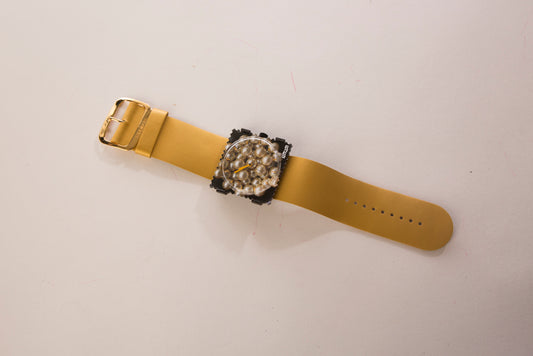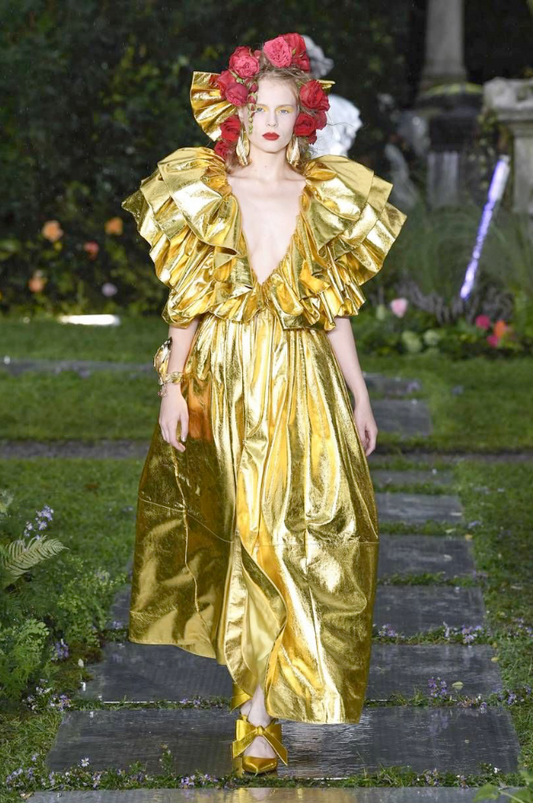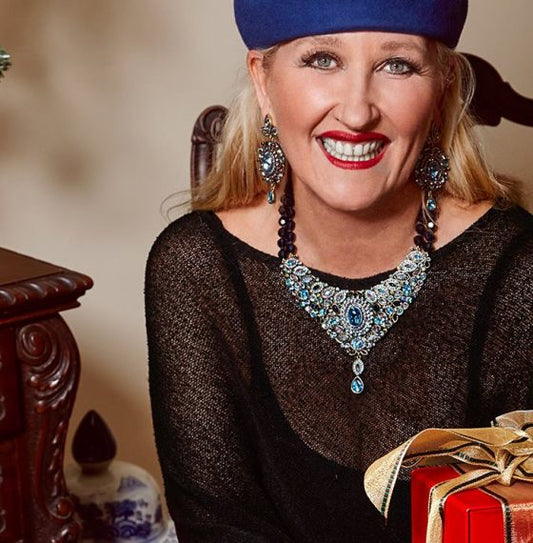Blog Posts
Share information about your brand with your customers. Describe a product, make announcements, or welcome customers to your store.
talkingfashion
Gift Giving 101: The History of the Custom and ...
Gift Giving 101: The History of the Custom and How to Be a Good Guest By Paige McKirahan ‘Tis the season for giving; whether you are the giver or...
Gift Giving 101: The History of the Custom and ...
Gift Giving 101: The History of the Custom and How to Be a Good Guest By Paige McKirahan ‘Tis the season for giving; whether you are the giver or...
Fashion’s Favorite Gifts
Fashion’s Favorite Gifts By Paige McKirahan Hello TalkingFashion lovers! It is finally December; since its the season of giving, we feel that there is nothing better to give or...
Fashion’s Favorite Gifts
Fashion’s Favorite Gifts By Paige McKirahan Hello TalkingFashion lovers! It is finally December; since its the season of giving, we feel that there is nothing better to give or...

History of the Watch: A Timeless Timekeeping Ac...
The Watch: A Timeless Timekeeping Accessory By Paige McKirahan The neverending passage of time is what that we base all of our daily schedules on; from sleep to work...
History of the Watch: A Timeless Timekeeping Ac...
The Watch: A Timeless Timekeeping Accessory By Paige McKirahan The neverending passage of time is what that we base all of our daily schedules on; from sleep to work...
Metallic’s Glimmering Fashion History
Metallic’s Glimmering Fashion History By Paige McKirahan From the eye catching metallic jumpsuits of the ‘70s to the glimmering casings of the latest iPhones, metal motifs have been loved...
Metallic’s Glimmering Fashion History
Metallic’s Glimmering Fashion History By Paige McKirahan From the eye catching metallic jumpsuits of the ‘70s to the glimmering casings of the latest iPhones, metal motifs have been loved...

Pedal to the Metal
Pedal to the Metal by Morgan Watkins Fashion is all about standing out from the crowd, and the metallics trend sits at the height of this sentiment. Shiny style statements made...
Pedal to the Metal
Pedal to the Metal by Morgan Watkins Fashion is all about standing out from the crowd, and the metallics trend sits at the height of this sentiment. Shiny style statements made...

Contemporary Fashion Jewelry Designer Heidi Daus
Statement jewelry pieces is what Heidi Daus creates. Her inspiration comes from art deco and chinoiserie. Fans adore the luxurious feel her pieces give them. Due to her passion of...
Contemporary Fashion Jewelry Designer Heidi Daus
Statement jewelry pieces is what Heidi Daus creates. Her inspiration comes from art deco and chinoiserie. Fans adore the luxurious feel her pieces give them. Due to her passion of...
